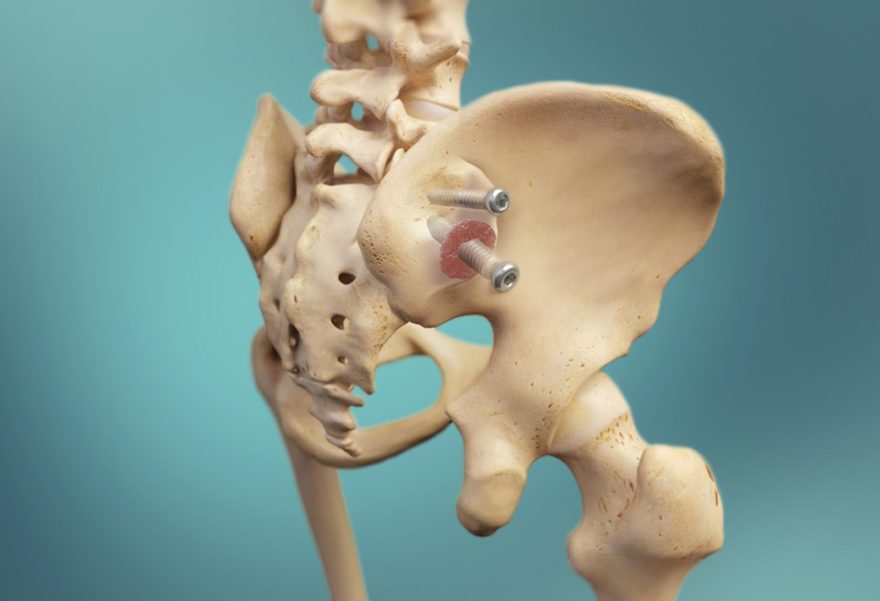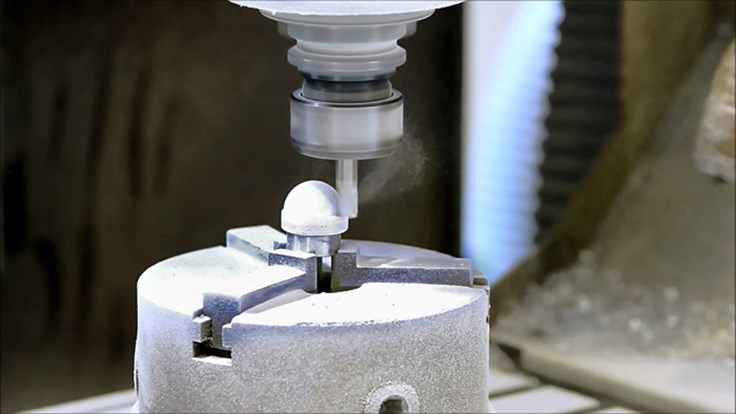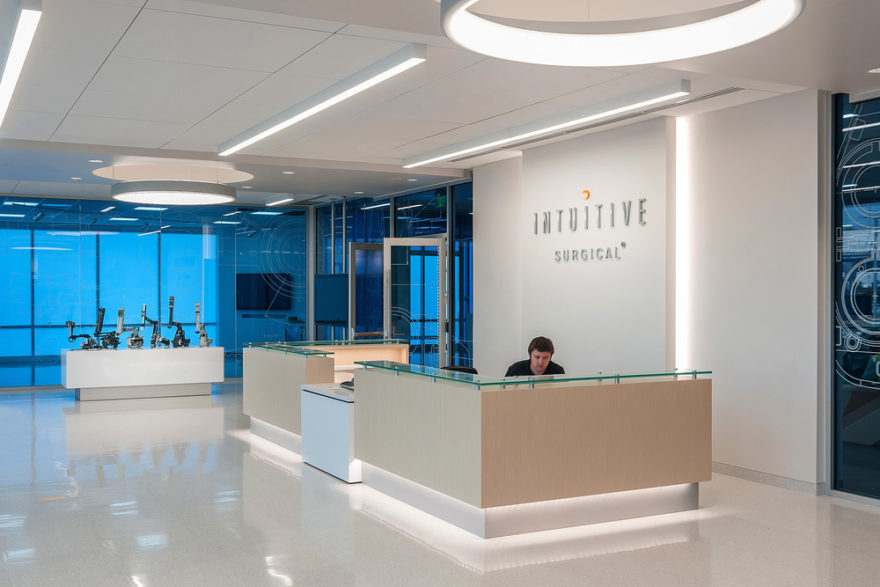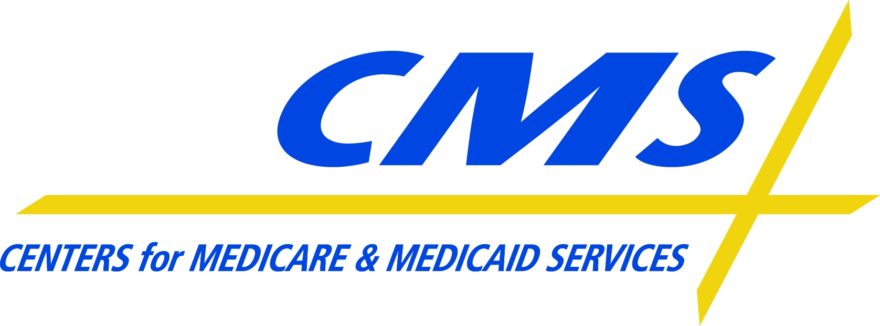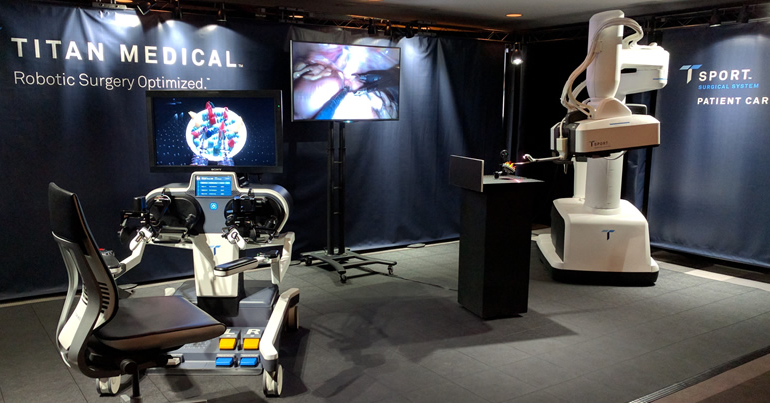BEDFORD, Mass., October 17, 2016 (GLOBE NEWSWIRE) – ConforMIS, Inc. (NASDAQ:CFMS), a medical technology company that develops, manufactures and sells joint replacement implants that are customized to fit each patient’s unique anatomy, today announced that The Journal of Arthroplasty has accepted for printed publication, and published online, the results of an in vivo clinical study comparing the motion patterns of patients with a ConforMIS iTotal® CR implant versus patients with a traditional off-the-shelf total knee implant. The study demonstrated that ConforMIS iTotal CR patients exhibited motion patterns that were more consistent with the normal knee than the patients that had received traditional off-the-shelf implants.
“I have been using ConforMIS customized knee replacements for over five years and this study reinforces the results that I have observed in my patients that have received a ConforMIS iTotal CR implant,” said William Kurtz, MD, a fellowship-trained surgeon at Saint Thomas Midtown Hospital in Nashville, TN. “In my experience, the ConforMIS knee system typically gives my patients a better outcome than a standard off-the-shelf knee and a better opportunity to get back to doing the activities they love.”
In this study, researchers at the University of Tennessee’s Center for Musculoskeletal Research assessed the kinematics of 38 patients (24 patients with a ConforMIS iTotal CR implant and 14 patients with a leading off-the-shelf implant) all implanted by the same surgeon. Using state-of-the-art mobile fluoroscopy, researchers were able to analyze tibiofemoral kinematics, or motion patterns of the knee, and to evaluate each patient for weight-bearing range-of-motion, femorotibial translation, femorotibial axial rotation, and condylar liftoff during a weight bearing deep knee bend and a rise from a seated position.
When a healthy knee bends, the lateral condyle, or outer portion of the end of the thigh bone (femur), rolls back on the shin bone (tibia) and rotates externally towards the outside of the knee. Patients who received a ConforMIS iTotal CR demonstrated greater lateral femoral rollback (4.0mm vs. 1.2mm) and better axial rotation (6.3° vs. 4.4°) during deep knee bend, which is closer to normal knee motion. These differences were statistically significant.
During a deep knee bend, 35% of patients with the off-the-shelf knee replacement experienced implant lift-off in early flexion (prior to 60°), while none (0%) of the patients with iTotal CR experienced implant lift-off in early flexion. According to the researchers, this demonstrates that the iTotal CR had improved mid-flexion stability compared to the standard off-the-shelf implant. The researchers hypothesized that one reason iTotal CR patients exhibited less lift-off could be because the customized nature of the iTotal CR implant’s shape facilitates improved translation and rotation properties when compared to the traditional off-the-shelf implant, leading to a higher likelihood of a stable knee in mid-flexion. ConforMIS provided financial support for this study.
“This study is one of many examples of how ConforMIS challenges conventional wisdom in joint replacement and is leading the way in how patient outcomes are measured,” said Philipp Lang, MD, MBA, Chief Executive Officer and President of ConforMIS. “As a company, we are continuing to support head-to-head, direct comparative studies against many implant designs, and we are supporting multiple studies in progress that are assessing various patient outcomes measures. Just as we are constantly innovating our product line, we are also looking to new and innovative ways to better measure patient outcomes as exemplified by the mobile fluoroscopy used in this study.”
About ConforMIS, Inc.
ConforMIS is a medical technology company that uses its proprietary iFit Image-to-Implant technology platform to develop, manufacture and sell joint replacement implants that are individually sized and shaped, or customized, to fit each patient’s unique anatomy. ConforMIS offers a broad line of customized knee implants and pre-sterilized, single-use instruments delivered in a single package to the hospital. In recent clinical studies, ConforMIS iTotal CR demonstrated superior clinical outcomes, including better function and greater patient satisfaction, compared to traditional, off-the-shelf implants. ConforMIS owns or exclusively in-licenses approximately 500 issued patents and pending patent applications that cover customized implants and patient-specific instrumentation for all major joints.
For more information, visit www.conformis.com. To receive future releases in e-mail alerts, sign up at http://ir.conformis.com/.
Cautionary Statement Regarding Forward-Looking Statements
Any statements in this press release about future expectations, plans and prospects for ConforMIS, including statements about future clinical studies, future results of clinical studies, the potential clinical, economic or other impacts and advantages of using customized implants, as well as other statements containing the words “anticipate,” “believe,” “continue,” “could,” “estimate,” “expect,” “intend,” “may,” “might,” “plan,” “potential,” “predict,” “project,” “should,” “target,” “will,” or “would” and similar expressions, constitute forward-looking statements within the meaning of the safe harbor provisions of The Private Securities Litigation Reform Act of 1995. We may not actually achieve the plans, intentions or expectations disclosed in our forward-looking statements, and you should not place undue reliance on our forward-looking statements. Actual results or events could differ materially from the plans, intentions and expectations disclosed in the forward-looking statements we make as a result of a variety of risks and uncertainties, including risks related to results seen in ongoing and future clinical and economic studies of our products, risks related to our estimates regarding the potential market opportunity for our current and future products, our expectations regarding our sales and other results of operations, and the other risks and uncertainties described in the “Risk Factors” sections of our public filings with the Securities and Exchange Commission. In addition, the forward-looking statements included in this press release represent ConforMIS’s views as of the date hereof. ConforMIS anticipates that subsequent events and developments may cause ConforMIS’s views to change. However, while ConforMIS may elect to update these forward-looking statements at some point in the future, ConforMIS specifically disclaims any obligation to do so. These forward-looking statements should not be relied upon as representing ConforMIS’s views as of any date subsequent to the date hereof.
Lynn Granito
Berry & Company Public Relations, LLC
345 7th Avenue
Suite 402
New York, NY 10001
T: 212 253-8881 F: 212 253-8241
lgranito@berrypr.com
www.berrypr.com




